We all know that a trip to the dentist’s office can make even the most carefree children squirm. But we also know that regular dental check-ups and preventive care are essential to a child’s well-being. Sadly, too many children in California aren’t getting needed dental care, a study by The Pew Center on the States pointed out this week. And the problem is about to get far worse.
Pew’s report card assessed the ability of states to meet the dental care needs of their children. It found that across the country, 22 states were able to improve their grades from last year despite serious budget challenges and the difficult economic climate. California was not one of them. California again earned a “C” grade from Pew. While a “C” is technically a passing grade, it spells more trouble for kids down the road if California doesn’t begin to address a problem it already faces and one that will grow worse as the federal health care reform effort takes effect.
Across the nation, an additional 5.3 million children will secure dental coverage when health care reform is implemented in 2014, and roughly one million of them will be children who live in California. Although this should be great news for underserved kids, a new insurance card will not translate into needed dental care unless California has the arrangements in place to care for these children.
Currently in California, roughly a quarter of the children under the age of 12 have never once been to a dentist. That’s a fairly amazing statistic and one of the reasons why California consistently ranks among the lowest performing states in the nation when it comes to children’s dental health. There are a number of reasons for this, but in large part, it has to do with the fact that many children do not have access to dental care. California currently has 233 federally designated areas across the state that suffer from a lack of dentists and dental care. Too often, children and families either have to travel far distances to seek care, can’t afford treatment, or have to wait long periods to get care.
The consequences are enormous for our children and for California. Studies have consistently shown that children who do not get needed dental care miss more school days, use expensive emergency room services more often, and face worsened job prospects as adults compared to children who do. The roughly 875,000 missed school days attributable to dental health problems in 2007 cost the state close to $30 million in school district funding alone. And here’s the kicker; dental disease, unlike so many other diseases, is largely preventable.
One of the benchmarks in Pew’s new report is whether states have authorized new types of dental care providers—an approach proven to increase access to care, especially for children, in areas with shortages of dental providers. This model has been utilized successfully for decades in over 50 countries around the world. A recent study in Alaska found that a new group of dental professionals that were trained to go into underserved communities under the guidance of a dentist provided safe and professional dental care to kids who, by and large, wouldn’t have received it otherwise.
By implementing a new workforce model that extends the reach of dentists, California can begin to address its looming workforce problem. Policymakers and leaders for children need to begin work now to address the state’s dental workforce challenges to bring California one step closer to meeting the needs of its children and fulfilling the promise of health care reform.
To view Pew’s fact sheet on California and to read the report, visit:www.pewcenteronthestates.org/dental/makingcoveragematter.
